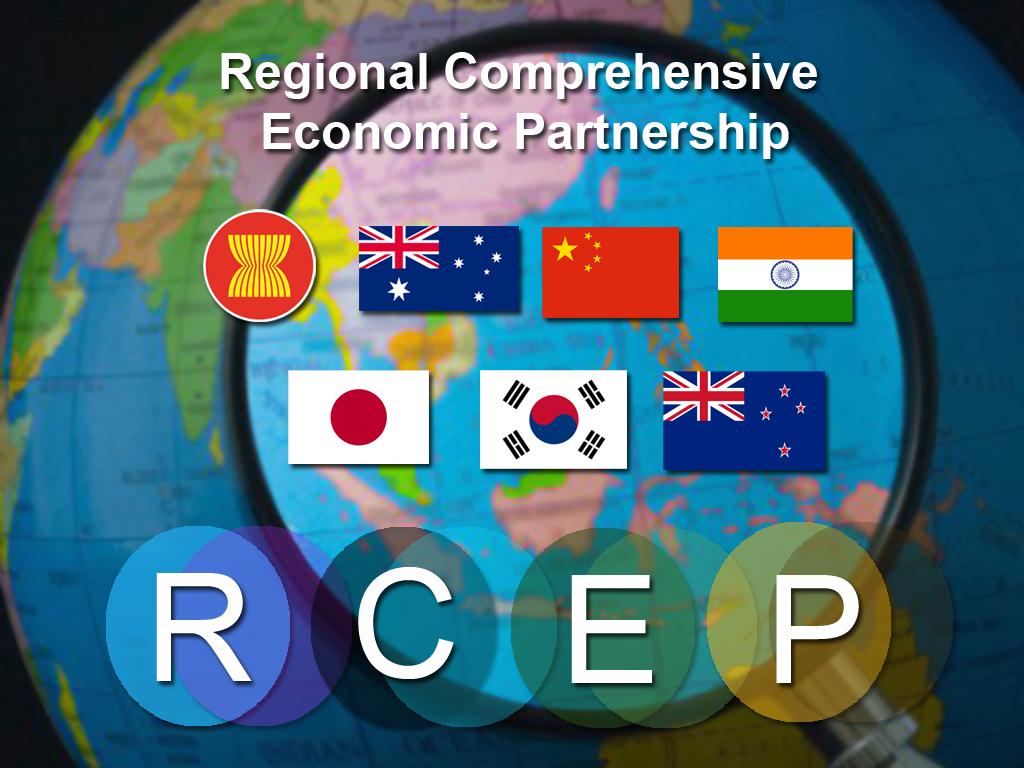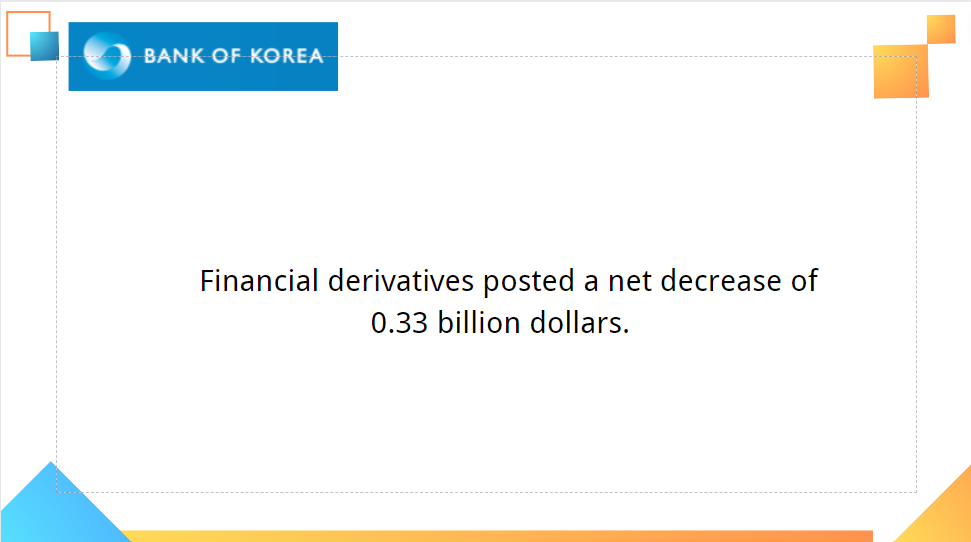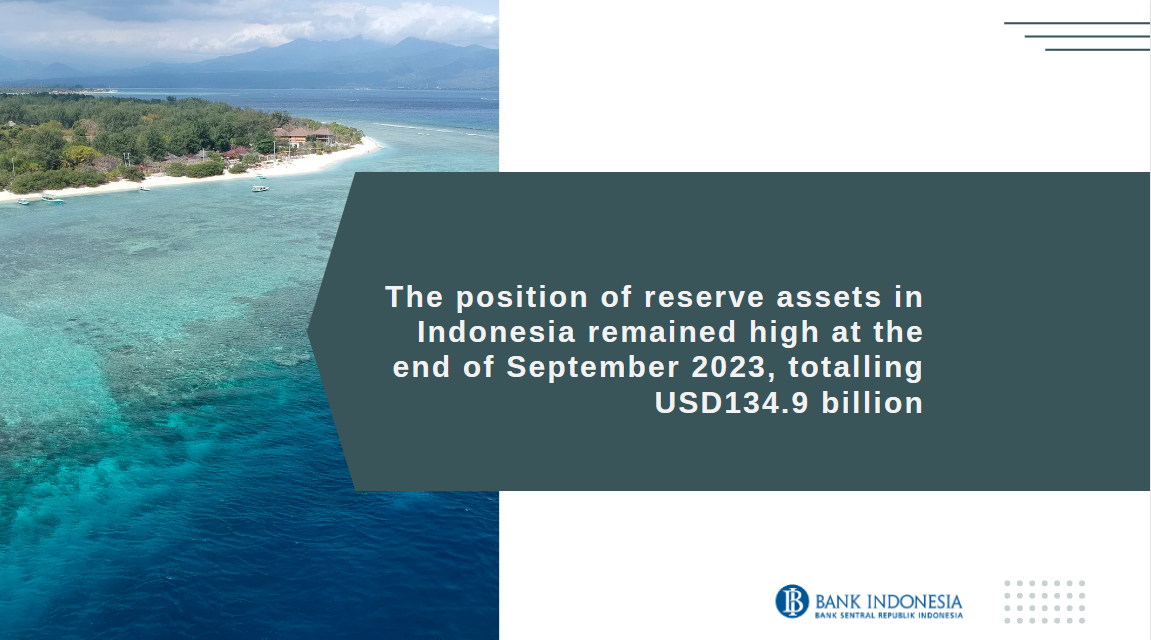INDONESIA'S EXTERNAL DEBT DECLINED IN AUGUST 2023
The position of external debt in Indonesia declined in August 2023 compared with the previous period. At the end of August 2023, the position of external debt in Indonesia stood at USD395.1 billion, down from USD397.1 billion at the end of July 2023. The lower external debt position contributed by the public and private sectors. Annually, therefore, the external debt position in Indonesia experienced a deeper 0.8% (yoy) contraction compared with a 0.7% (yoy) contraction recorded one month earlier.
Government external debt declined from the previous period. At the end of August 2023, government external debt was recorded at USD191.6 billion, down from USD193.2 billion in the previous period, with annual growth moderating to 3.6% (yoy) from 4.1% (yoy) one month earlier. This was influenced by a rebalancing of non-resident investor funds in the domestic government securities (SBN) market in response to high global financial market volatility. In addition, the Government remains firmly committed to preserving credibility in servicing principal and interest payments promptly, as well as maintaining prudential, efficient and accountable external debt management. As a component of State Revenue and Expenditure Budget (APBN) financing instruments, external debt plays an important role in supporting government efforts to fund productive and priority sectors, particularly ongoing efforts to maintain solid economic growth in Indonesia against a backdrop of global economic uncertainty. External debt support encompasses human health and social activities (24.0% of total government external debt); public administration, defence and compulsory social security (18.2%); education (16.8%); construction (14.2%); as well as insurance and financial services (10.1%), amongst others. The current position of government external debt is considered safe and manageable, with nearly all, or 99.9% of total government external debt, dominated by long-term maturities.
Private external debt also declined in comparison to the previous month. The position of private external debt retreated to USD194.3 billion at the end of August 2023 from USD194.5 billion the month earlier. Annually, private external debt maintained a shallower 5.2% (yoy) contraction compared with a 5.5% (yoy) contraction the month earlier. The lower private external debt position primarily stemmed from external debt at non-financial corporations, which experienced a deeper 5.1% (yoy) contraction compared with a 4.3% (yoy) contraction one month earlier. By sector, the main contributors to private external debt in the reporting period were the manufacturing industry; insurance and financial services; electricity, gas, steam and air conditioning supply; as well as mining and quarrying, accounting collectively for 78.2% of total private external debt. Furthermore, 74.9% of total private external debt was dominated by long-term tenors.
The structure of external debt in Indonesia remains sound, supported by prudential management. External debt was still manageable in August 2023, as reflected by a lower ratio of external debt to gross domestic product (GDP) of 29.1% from 29.2% one month earlier, dominated by long-term debt that accounted for 87.4% of total external debt. Seeking to maintain a healthy structure, Bank Indonesia and the Government continued strengthening coordination in terms of monitoring external debt, supported by the application of prudential principles, while optimising the role of external debt to support development financing and foster sustainable economic growth, as well as minimise the risks that could impact economic stability.
The latest external debt data and metadata are presented in the publication of Indonesia's External Debt Statistics (SULNI) October 2023 edition on the Bank Indonesia website. This publication can also be accessed through the Ministry of Finance website.























































First, please LoginComment After ~